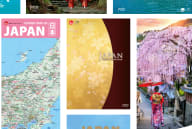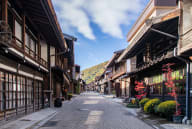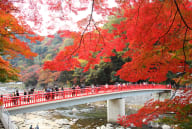As a northern European native, the Japanese summer always comes as a shock to the system. The period between the start of June and the end of September is a test of sweaty endurance, with temperatures regularly in the high 30s. Of course, it’s wise to heed government warnings to drink plenty of fluids, steer clear of direct sunlight and avoid overexertion, but 25 years of living in Japan has taught me some other top tips about staying cool like a local.
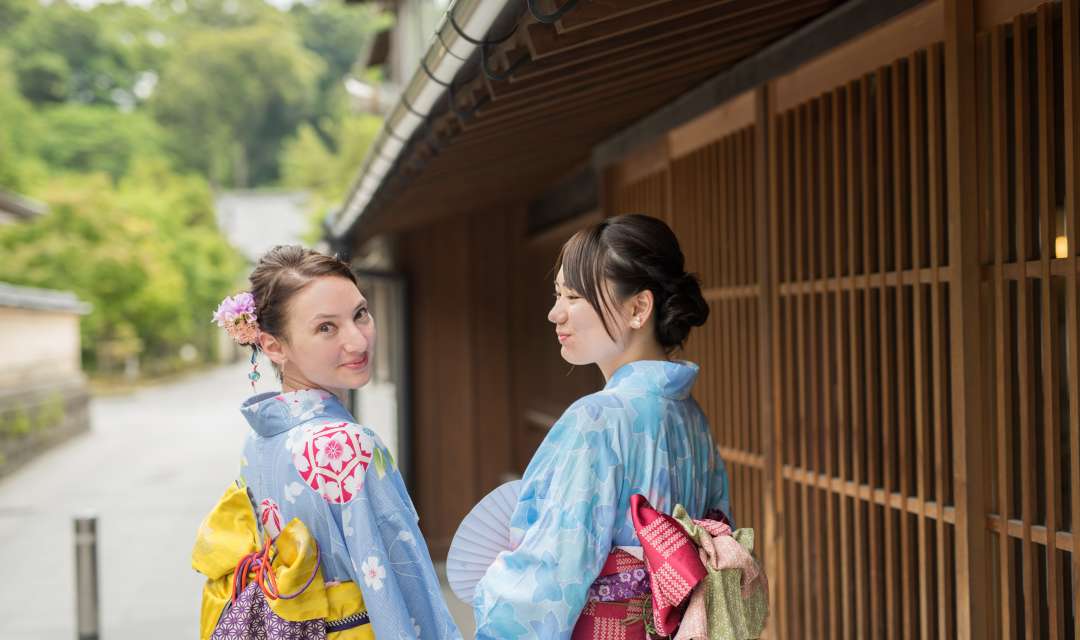
Yukata are widely worn throughout the steamy summer
Yukata
Airy, loose-fitting yukata are ideal for the summer. Yukata are a type of simple kimono, typically made of thin cotton in bright designs that can be worn by men and women alike. And they are just as acceptable on the beach as at a summer festival or even a stroll to the shops.
Fans
A very Japanese accessory to the yukata is a folding fan, wielded by both men and women. They are often decorated with images of summer—goldfish, fireworks or flowers are popular motifs—and fit neatly into the oversize sleeve of a yukata. An ornate fan makes a perfect souvenir, although plenty of shops will hand out free plastic fans bearing advertisements that work just as well to keep you cool.
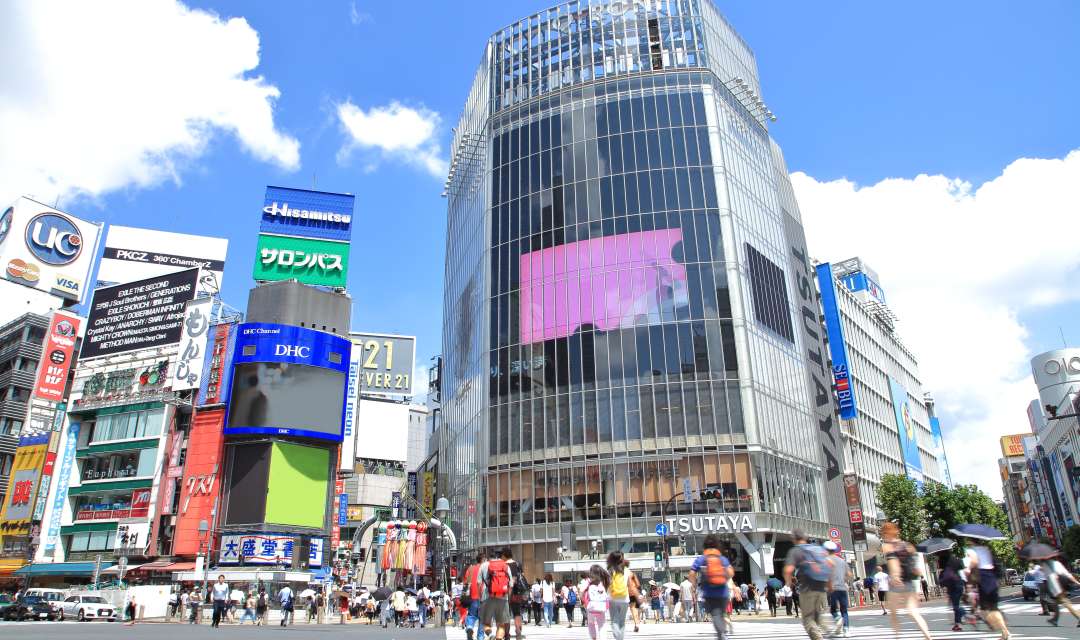
Japan's summer heat offers little respite
Parasols
Parasols have long been a popular and stylish item with Japanese women and can fold down to slip into a bag. The Japanese government has recently started encouraging men to carry a parasol by promoting the concept of higasa danshi, which translates as sun umbrella man, to refer to fashionable young men who have no qualms about carrying a parasol...Good try, but I think I’ll stick to a broad-brimmed hat.
Cool accessories
Chemists and convenience stores may seem unlikely places to stock up on seasonal essentials, but—as well as enjoying a welcome blast of air-conditioning while you browse—you’ll often find cool strips and sprays. Other useful buys include salted candy to replenish those electrolytes and small towels for mopping your sweat—an essential for any local. Many stores will also stock packs of absorbent pads for armpits, which can be popped inside your clothing to soak up any sweat and avoid unsightly marks on your clothing.
Cool nights
Anyone staying in Japan a little longer might want to invest in an ice pillow for those hot, humid nights, which are, for me, the toughest part of any summer. They’re cheap and easy to find in convenience stores and use microcapsules to bring down the temperature of your head.
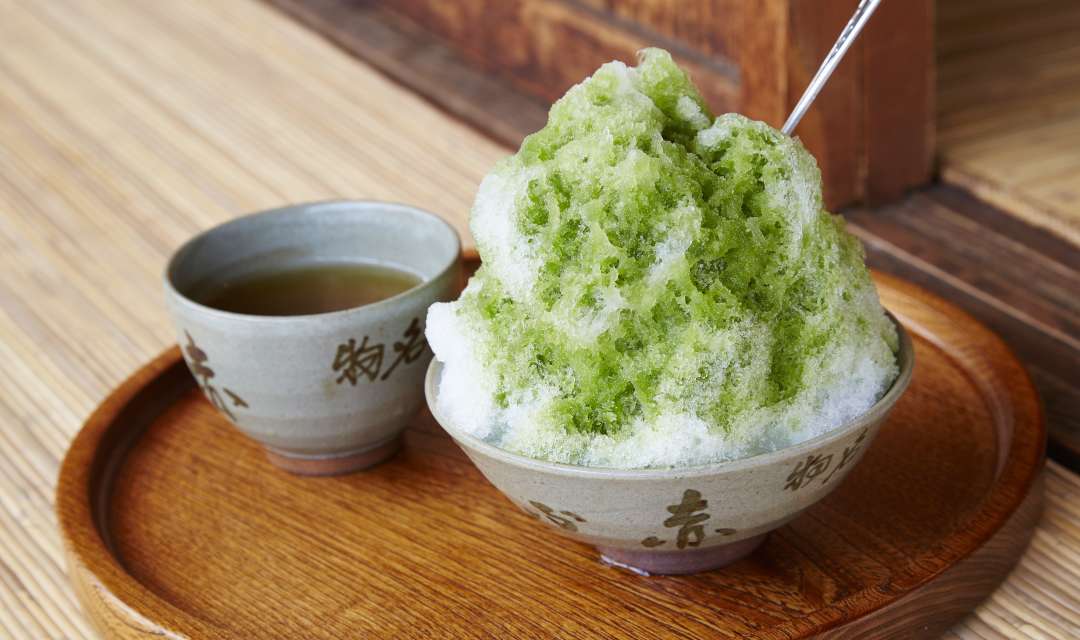
Kakigori is a popular way to cool off in summer
Chilled food and drink
Eating and drinking is a popular pastime in Japan and a good way of staying chilled. Kakigori, or shaved ice, is a staple at summer festivals and can be purchased in convenience stores. Finely shaved ice is piled high in a bowl and slathered in colored and flavored liquid toppings.
Japanese beer always tastes best in the summer, especially when it is pulled from a cooler box filled to the brim with ice, but non-drinkers can also cool off with refreshing mugicha barley tea, a refreshing drink with a toasted barley flavor—it’s found everywhere in summer.

If the heat of Tokyo gets too much, jet off to cooler Hokkaido
City excursions
If the temperatures are still getting to you, head somewhere the heat is not so all-enveloping. Hokkaido is famous for not experiencing humidity during the summer months and is only a couple of hours from Tokyo by plane and accessible by train, too. Equally, the islands of Okinawa, at the very far end of the archipelago, enjoy cooling sea breezes throughout the year, making the humidity that much more bearable.
-
About the author
Julian Ryall first came to Japan in 1992 intending to stay for a year, but quickly realized the advantages of Tokyo over his native London. Nearly three decades later he is the Japan correspondent for The Daily Telegraph and freelances for newspapers and magazines around the world.


















































